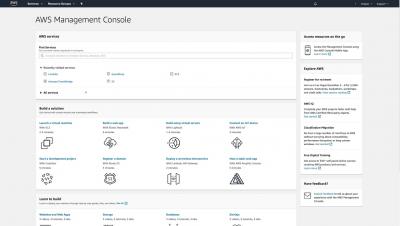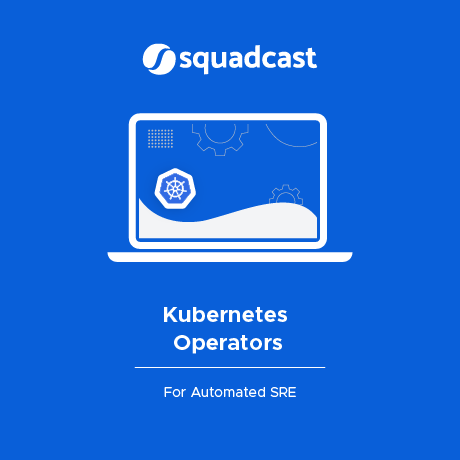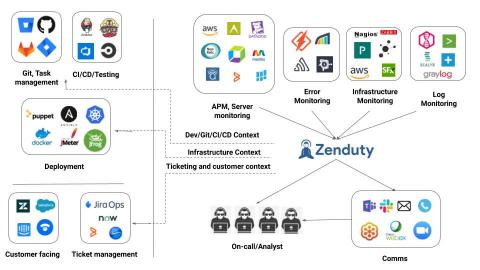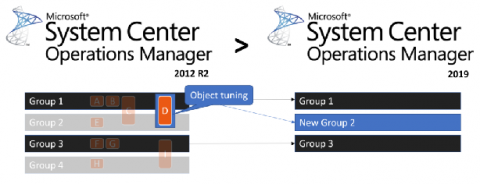Operations | Monitoring | ITSM | DevOps | Cloud
Alerting
PagerDuty for Cloud Ops
Good Catch: Monitoring Revenue When it Matters Most
Revenue monitoring not only involves monitoring huge amounts of data in real-time but also finding correlations between thousands, if not millions, of customer experience and other metrics. Are traditional monitoring methods capable of detecting a correlation between a drop in user log-ins and a drop in revenue as it’s happening? For many reasons, the answer is no.
Kubernetes Operators for Automated SRE
Release Notes: Stakeholder Engagement, Uptime Monitoring API, Flexible Periods for Schedules, and more
Nowadays, a working digital infrastructure is the lifeblood of almost any organization. The impact of a major IT incident can go far beyond the IT department, affecting a company’s revenue or incur costs in other areas of the business caused by service disruption. Therefore, in addition to the technical response to a major incident from the IT department, business stakeholders need to be involved as well, so they can prepare the business response.
Using context to triage change-triggered incidents
One of the first things incident managers do when they get an alert page from Zenduty is to check the “Context” tab of the incident. Incident context is extremely critical to get a first responder’s view of what happened and what could possibly have caused it. Context tells you what happened before an incident. In the case of 40–50% of all incidents, Zenduty’s incident context can tell you within 5–10 seconds, what could be the cause of an incident.
How to Add Incident Alert Management to Your DevOps Pipeline
DevOps pipelines enable teams to implement continuous software development processes, often by using automation and collaboration tooling. The overall goal is to quickly release software products, updates, and fixes. To ensure a DevOps pipeline works well, teams add management and monitoring tooling to the pipeline. This includes incident alert management, which supports the team’s efforts in monitoring the security of various software and environment components.
Resolve Actions - Compute - Expand Windows disk and VMWare VMDK file
Alert Tuning for Your Upgraded SCOM Environment
If you know which MPs your overrides are stored in, then migrating your current effective tuning is as easy as exporting all of your override MPs, and then importing them into your new SCOM Management Group, assuming you have already imported the MPs containing the monitoring itself. As you also know, in most SCOM deployments, this is never reality across the board.











